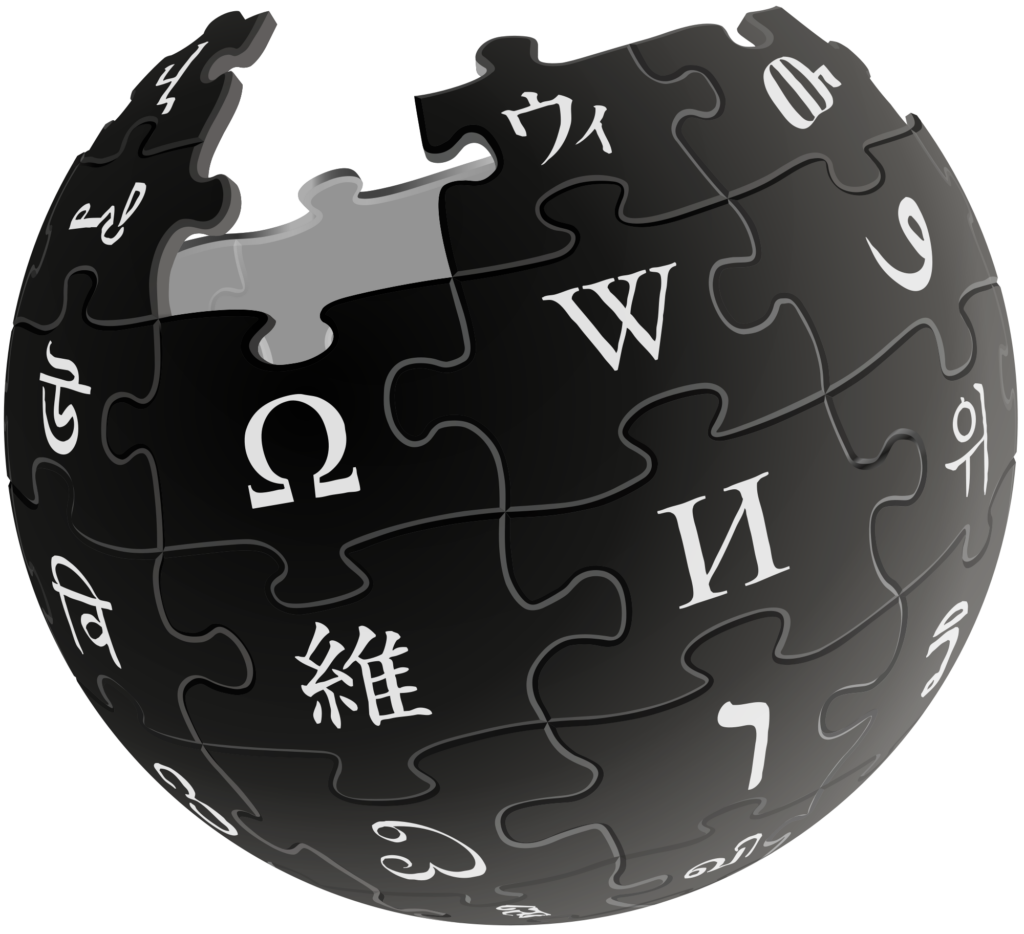The popular Internet resource is more than 20 years old. Wikipedia is the most well-known and used encyclopedia in the world. It consists of more than 40 million articles in different languages. It is built on the principle of simplicity and openness, because the articles for it are written bythe gender users themselves. More than 5 million people around the world daily on a volunteer basis add information to the resource.
To add an article, you do not need to register, but you need to know the markup language. However, if the information contained in the text is in doubt, the article will not be accepted. After all, despite the fact that the resource is publicly available and “live”, that is, it is constantly replenished, editors and moderators are actively working here. They carefully check the information added by users. In the case when it is controversial or, intheir opinion, not reliable or not confirmed by sufficient facts, the request for its publication is rejected.
To add an article to Wikipedia, it is not necessary to be an absolute expert in a particular field, it is enough to have at your disposal a minimum of knowledge, reliable information and irrefutable facts.
Who uses Wikipedia and why?
As evidenced by various surveys, this resource is used mostly by students and schoolchildren who want to get general information on a particular issue. Inaddition, many teachers themselves recommend that their students turn to Wikipedia when searching for information, but treat it without any assessment, perceive it as an initial stage preceding a deeper study of the issue.
Many PhDs and doCsconsider Wikipedia to be a fairly high-quality resource. Although the authors are usually far from the scientific field, they are rather enthusiasts working without any monetary remuneration, nevertheless, they give out reliable content, citing specific sources.
In addition, it is often used by authors, journalists and other specialists who work with content. They are obliged to first collect all the available information on the issue, do not neglect the most unreliable and controversial sources, and which are then filtered and weeded out. Often, Wikipedia becomes the basis and impetus for the development of new trajectories and milestones for writing texts on various topics.

First try, then trust
Many people note that now this Internet project is harshlyscreaming. Library workers are indignant that students turn to printed publications less and less every year, replacing them with an electronic version. At the same time, information, unlike books, is inaccurate. Proponents of electronic sources say thatthe information in books, especially in long-released ones, is outdated, and in electronic sources it is more recent. However, it is not always possible to verify the reliability of Internet resources. Therefore, it is often necessary to revise a number of sources and recheck significant factsand important points, and not be limited to one material.
Now with the help of the Internet it is easy to find everything you need, and Wikipedia, as a rule, falls into the top 10 of the issue, which is explained by the regular updating of information in the encyclopedia. However, despitethe advantages, it is still recommended to check the information by finding a couple of other sources that have a specific author or reviewer, because this resource is constantly changing. This is especially true for issues of a historical, socio-political,cultural nature, as well as biographies and new, not yet fully investigated, phenomena.
Many consider the information posted on Wikipedia to be true and indisputable. However, even the encyclopedia itself says that this approach is unacceptable. The authors of the articles, as well as the moderators, are ordinary people, far from experts and they, of course, can be mistaken.
Interesting facts about Wikipedia that you didn’t know about
Did you know that:
1. The main encyclopedia has more than 3 billion views per day, more than 500 million articles in more than 300 languages of the world.
2. The predecessor of Wikipedia was Nupedia, an encyclopedia whose articles were written exclusively by scientists. It was founded in 2000 by Jimmy Wales and Larry Sanger. In three years, only 24 articles were added to it, another 74 remained in a state of review and editing. In 2008, the site was awarded the title of the greatest non-working site in history from CNET Networks.
3. Before the advent of Wikipedia, more than 600 years in a row, the largest encyclopedia wasconsidered a reference book, created by order of the Chinese emperor in 1407. It included information from all the books available in the emperor’s library, including works of various genres – artistic, canonical, philosophical and historical.
4. Wikipedia is not agod’s company at all and exists only on donations.
5. Most of the articles are short stubs that bots generate. They are based on botanical or geographical reference books. For example, Wikipedia Sweden is in 2nd place in terms of the number of articles (there aremore than 3 million articles), but almost half of them are generated by bots and uploaded to the service by only one user – Sverker Johansson.
6. All articles on the portal are written and edited by a relatively small group of people.
7. Due to the fact thatthe type of editing of this resource is open, sometimes it becomes an occasion for various kinds of pranks. For example, in 2006, a new section appeared on the site in a language that does not exist – Siberian. In fact, it was a “vinaigrette” of the old regional dialectand modern mat. In a fairly short time, this section was replenished with almost 7,000 articles. The deception was revealed only a year later and the section was deleted.
8. If Wikipedia were selling banner ads, it could make more than $210 million a month with that kind of traffic, which is 2 times Twitter’s revenue, but 4 times less than Facebook’s.
9. In 2014, in the city of Słubice (Poland), a monument to Wikipedia was opened, which is the logo of the site.
Many consider this source to be one ofthe most unpredictable, strange and bold projects of the 21st century.
